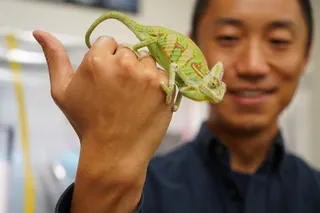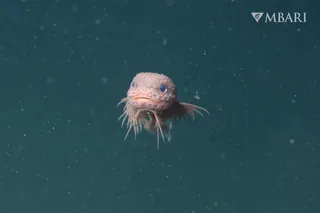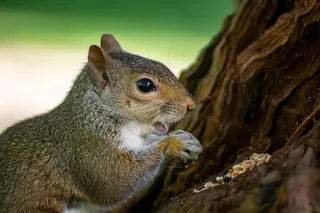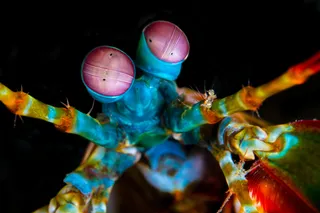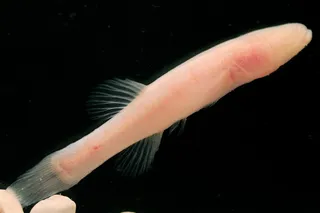creates its own home by weaving leaves together with silk. Once built, it vigorously defends its territory but, like many animals, it prefers to intimidate its rivals before resorting to blows. To display its strength and claim its territory, it drums and scrapes its jaws against the leaf. It also drags its anus across the surface to create a complex scratching noise. This “anal scraping” message seems utterly bizarre, but its origins lie in a far more familiar activity – walking. Warding a rival off with your anus might seem unseemly to us, but caterpillars that do this turn out to be rather civilised species. The scraping is based on the same walking movements that their ancestors used to chase after rivals. The other parts of their signalling repertoire – drumming and scraping jaws - are ritualised versions of fighting moves like biting, butting and hitting. ...
Caterpillars must walk before they can anally scrape
Discover the fascinating world of the masked birch caterpillar and its unique communicative behaviors like anal scraping.
ByEd Yong
More on Discover
Stay Curious
SubscribeTo The Magazine
Save up to 40% off the cover price when you subscribe to Discover magazine.
Subscribe


